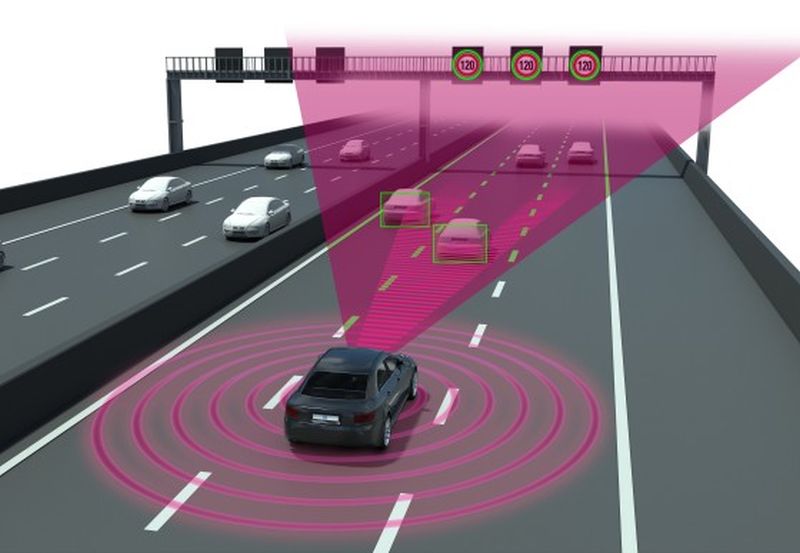Driver override systems are high tech, highly advanced and they might make driver and car insurance obsolete in the future. A prime example of autonomous technology benefiting society, driver override systems is not fully tested yet, but automobile industry insiders are hopeful. One of the most exciting pieces of automotive technologies made in the new era, this one needs our attention.
Driver override system- the basics

Image Source : zf.com
A driver override system basically works on the concept of sensors. As the brake pedal is pressed the sensors send the data to the car computer signalling that something is not right. The computer overrides human input and brings the car to a halt in a precise and safe manner. This reduction of power by a fully integrated electronic system is what constitutes the driver override system.
BMW was the first company to try out this technology all the way back in the 1980s, and believe it or not, every BMW car built since 2001 has a brake override. Other manufacturers like Chrysler followed suit in 2003 and today, more than fifteen years after it was first implemented, most cars are coming out with it.
Need for safety
The popular video game franchise Need for Speed has entered pop culture lexicon and most people associate cars with beauty and speed but there are certain hard swallowing facts that need to be addressed. Death in automobile related incidents is rising. The numbers of 2016 were a staggering 1.5 million people, or more than 4,000 humans a day worldwide. Even though new technologies like blind spot detection, vehicle stabilizers and lane departure warnings have been implemented and do save lives, the numbers are still high.
As one unnamed source mentioned: 4,000 lives is approximately ten large airplanes crashing every day. Imagine the chaos that would ensue if that were to happen. But with road safety most people are simply unaware, or worse- indifferent. Today with the distractions of smart phone and text messaging it is even worse. Driver override systems are not just a need but a necessity.
The case against Brake Override

Image Source : bosch-presse.de
Surprisingly it is the car manufacturers themselves who seem to have two minds whether this new technology will work, one reason why not every vehicle today has a brake override. They believe it will affect the bottom line, which is an economic concern. Others also dispute the effectiveness of the system. Nobody knows whether it will work every time or whether, like any other piece of technology, it will rust with time. A machine, even a supercomputer, at the end of the day is a non-sentient being, and how much faith can or should be put on it is subject to debate.
Future Predictions
Future predictions state that cars will be autonomous and further on completely self-efficient or driverless. The Driver override system will be the key feature of this trend and future cars will be capable of completely disregarding human input. This may seem impossible as of now, but judging by the way trends are going in the automobile industry, it will be the case by 2025. Another fascinating aspect of the overall automation of a vehicle will be its ability to communicate with the road, dictate the speed and direction, and understand road and weather condition.
However, this would have an impact on aspects outside the car itself. For example car insurance premiums would be fraction to what they are today, if not completely negligible. If death and injuries are expected to disappear then insurance claims and car disputes would become a thing of the past.
This is one technology worth keeping an eye out for.




